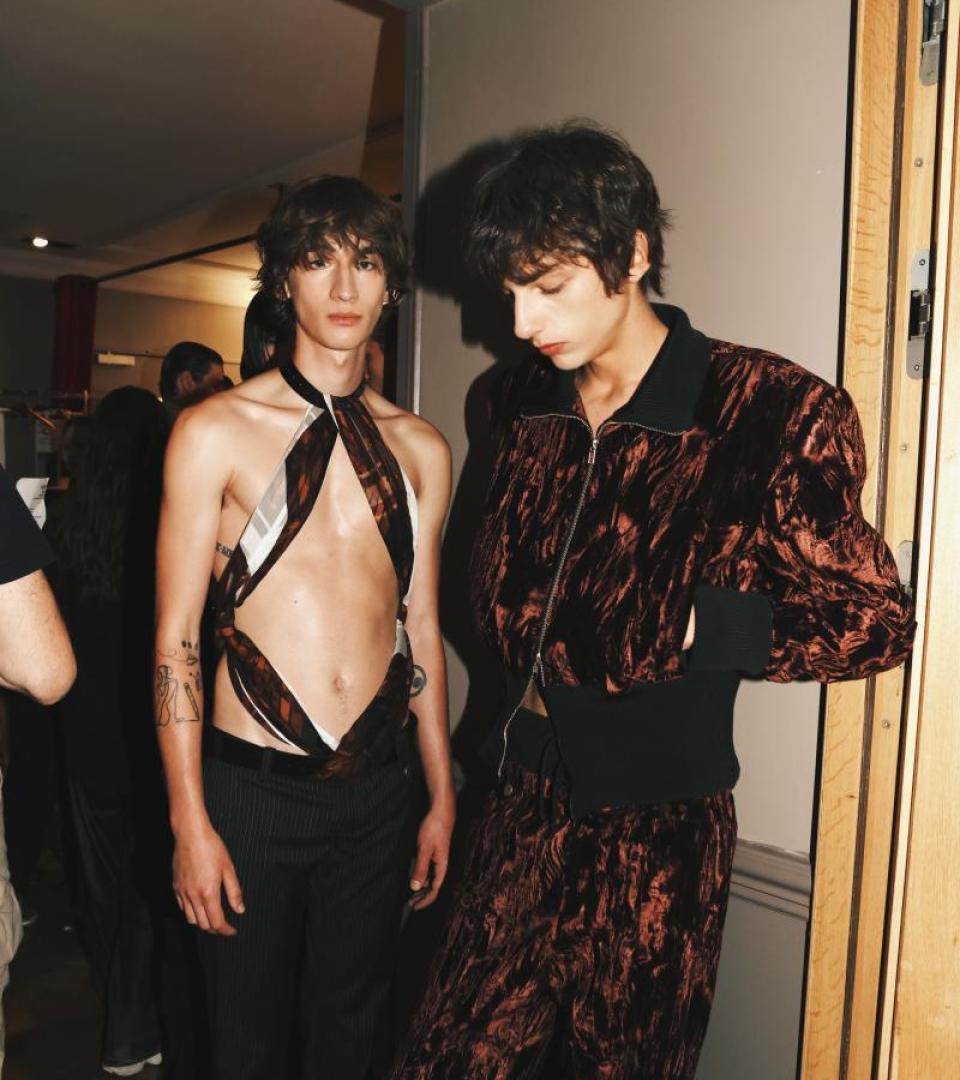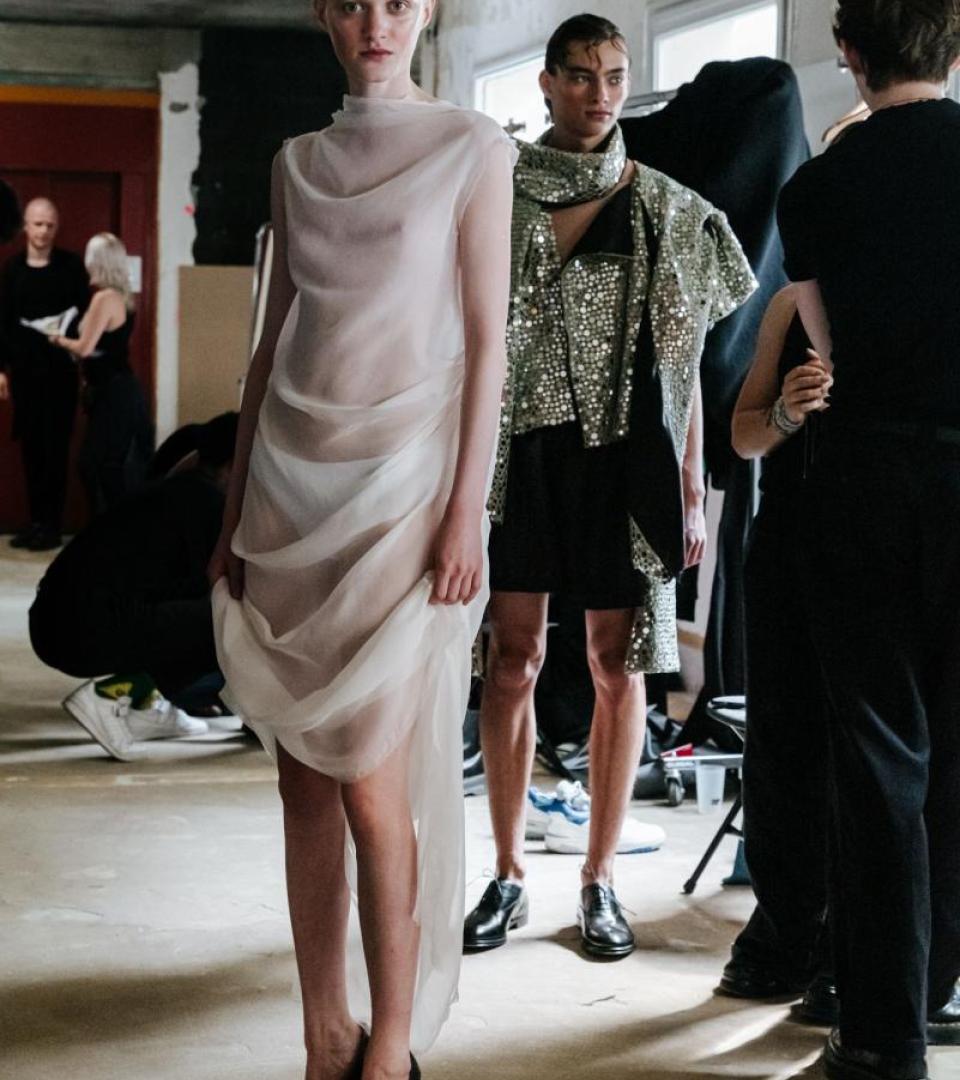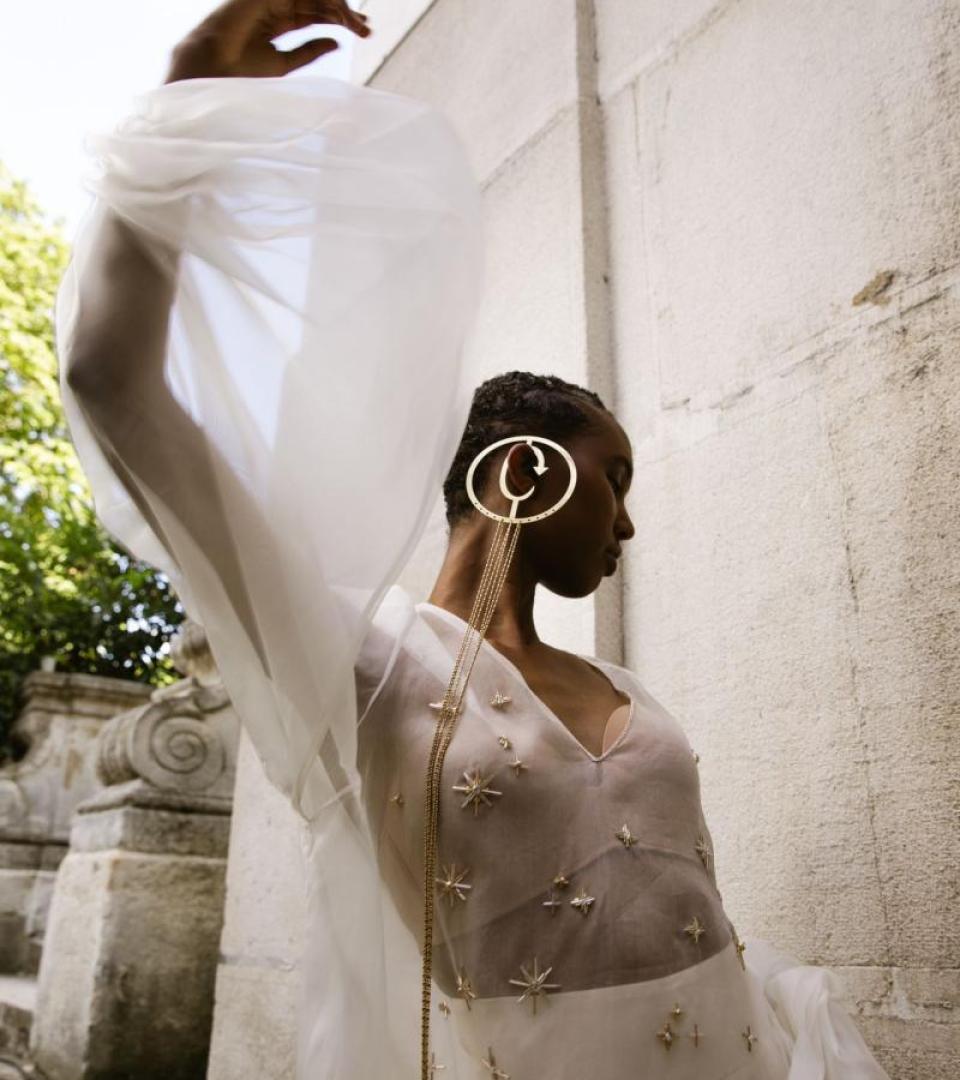A Feel For Fashion: Stéphane Feugère
Stéphane Feugère is part of the exclusive circle of celebrity photographers bridging the fashion and entertainment industry. After a decade at Vogue Paris alongside Carine Roitfeld, and as Karl Lagerfeld's personal photographer until his passing, he collaborates with the biggest luxury brands worldwide, relying on his empathy and ability to make celebrities feel confident in front of his lens at their events or fashion shows. Based in Paris, he is the photo chronicler of Numéro France, regularly works for WWD, and is a longstanding contributor to the purple.fr website.
What excites you in fashion right now and what is one reason to be optimistic about the state of fashion going forward?
Fashion, a constantly evolving industry, is now adapting to a more conscious consumer. While this awareness began before the pandemic, the health crisis has intensified a reflection on our relationship with clothing and fashion. The trend towards consuming less but better is clearly emerging, with a particular focus on fast fashion, embodied by giants like H&M or Zara. Yet even renowned brands must rethink their strategy by offering high-quality pieces rather than just flashy branding.
Basics are thus becoming essentials, reflecting a profound shift in consumer expectations, now more inclined to invest in durable and well-designed products rather than just a brand label. This is a real challenge for fashion companies in the years to come – and an exciting one to follow in an era where street culture has also made its mark on recognised brands in the fashion industry. Consequently, a younger audience is more likely to want to buy clothing they can wear every day. Their approach to recycling and their commitment to environmental preservation are also closely scrutinised. The considerable profits generated by these major houses should not overshadow their responsibility to the planet. Young people, particularly sensitive to these issues, expect concrete actions. Thus, obtaining eco-labels and committing financially to environmental associations or foundations have become imperatives for these brands. Environmental awareness has become a major criterion in consumer choice, and brands must respond to remain relevant in an ever-changing world.
In what ways do you think AI might benefit fashion?
It is undeniable that artificial intelligence is currently very trendy, but it is crucial to consider it as a tool rather than an end in itself. Its use in the retail sector can certainly bring benefits to brands. Once capable of monitoring the stocks of each store as well as product sales, it could suggest adjusting the supply based on sales history. Moreover, it could recommend similar products that could appeal to customers from different cultures and with varied tastes, whether in Milan, Tokyo, or elsewhere. In the realm of creation, AI could also play a significant role by collaborating with designers and trend offices. On one hand, it could compile information to help refine future collections, taking into account the specificities of different global markets and their distinct cultures, while integrating brand products and their best-selling items in a more targeted manner. However, it is important to remember that, despite all its capabilities, it is still humans and their creativity that will make the final decision. I remain sceptical about the idea that AI could make decisions in place of humans. While it can propose scenarios and suggestions, it is always up to humans to choose among these options. Ultimately, artificial intelligence remains a tool, not an end in itself, intended to support and enhance human creative processes rather than replace them.
Who or what will drive the greatest change in fashion this year?
I believe that wars can have a global impact on fashion. They accelerate the withdrawal of certain countries into themselves and undermine the morale of people in general. Consequently, we are witnessing a decline in global sales in the industry since the beginning of the conflict in Ukraine, which poses a significant threat to the entire planet in terms of nuclear danger. Similarly, the Israeli-Palestinian conflict, which is also ongoing, further exacerbates societal divides. Additionally, key markets in the fashion industry, such as China, have also slightly withdrawn into themselves. China's desire to annex Taiwan further complicates this situation and may inadvertently align it with Russia. Therefore, I believe that the end of the war in Ukraine and a ceasefire between Israel and Palestine could be a major catalyst for change in fashion. Although many innovations have emerged during wars, designers' creativity will be better able to flourish in a climate of global peace, and sales will rebound as people become more confident in the future.
Can you suggest a fashion mantra for '24?
Consume less, but consume better and with greater awareness!
This interview has been lightly edited.



